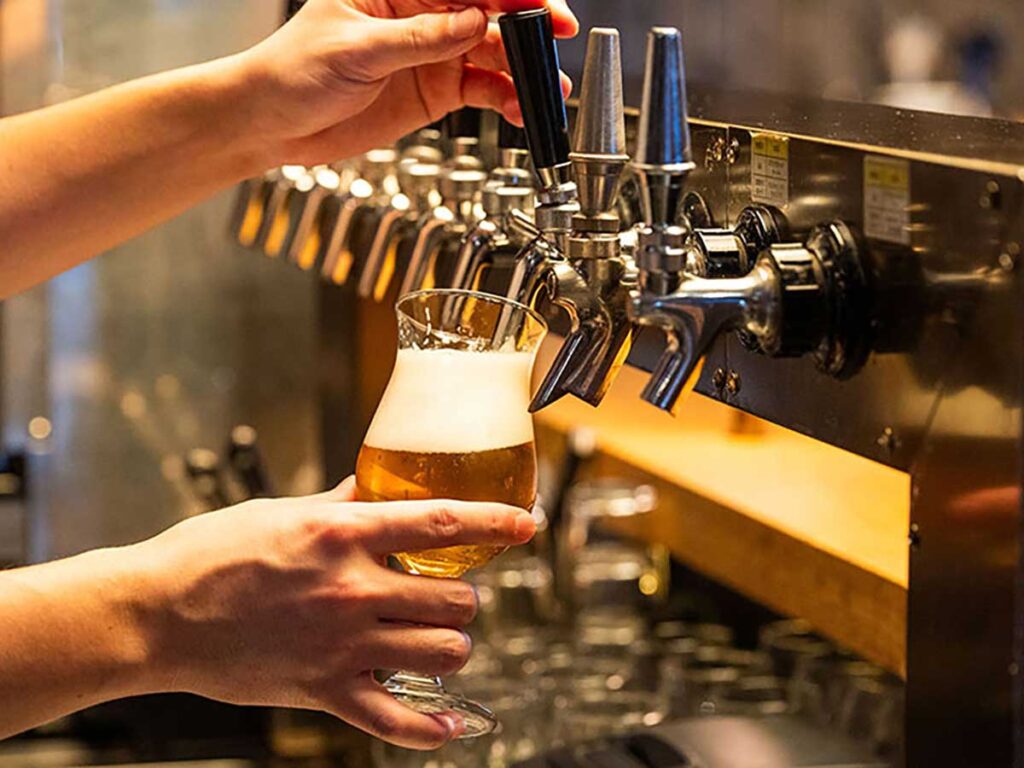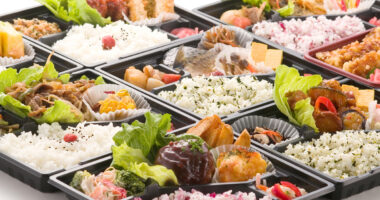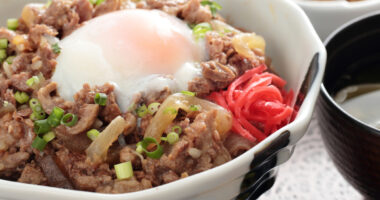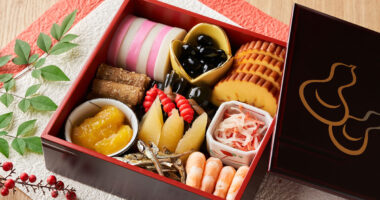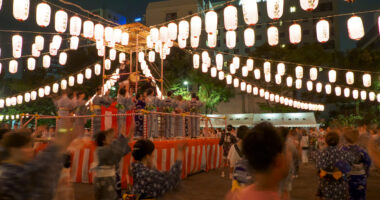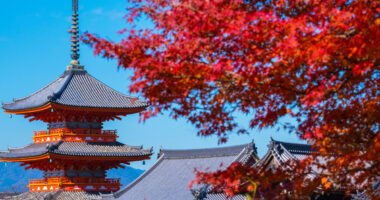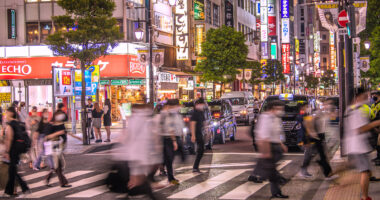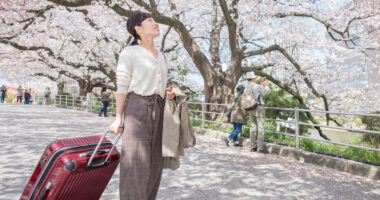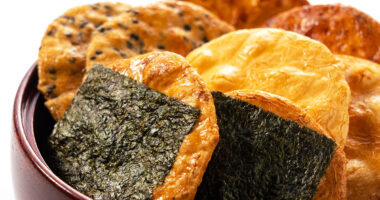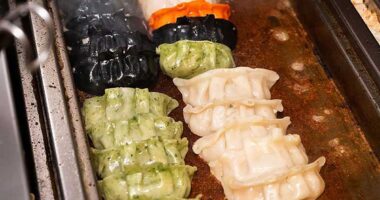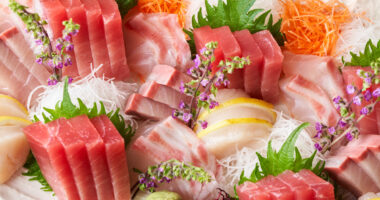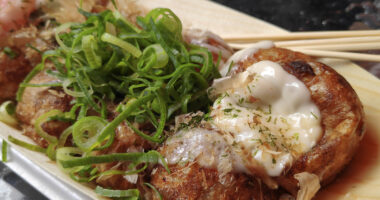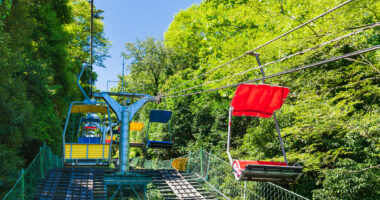For visitors to Japan, understanding the country’s beer culture is a key to fully enjoying its food culture as a whole.
In Japan, beer has long dominated the alcoholic-beverage market and is loved in many settings—from meals at home to toasts at izakaya pubs. Japanese beer is known for a light, crisp, easy-drinking character, comes in a wide range of price points, and offers travelers an approachable way to experience Japanese culture.
This article explains everything from the types of Japanese beer and drinking etiquette to where and how to buy it—information that will make your trip even more enjoyable.
The place of beer in Japan and its history
In Japan, beer has secured a solid position as one of the most popular alcoholic beverages.
It’s enjoyed at family dinners, gatherings with friends, and company socials—an indispensable presence in many parts of daily life.
Features of Japan’s beer market
Beer has long been a dominant force in Japan’s alcoholic-beverage market. Convenience stores and supermarkets sell a wide variety of beers at easy-to-try prices, so travelers can readily experience Japanese beer culture.
Another characteristic of Japanese beer consumption is its seasonality. Summer demand greatly outpaces other seasons, and for many people a cold beer after a hot day’s work—or after a bath—has a special meaning.
How Japanese beer culture developed and its impact today
Japan’s beer culture has a long history and is generally said to have begun in earnest in the Meiji era. Initially embraced as a symbol of Western culture, beer is now firmly rooted in Japanese food culture.
Today in Japan, beer is more than a drink—it functions as a tool for communication and a key element of social life. Especially for the first toast, beer is indispensable and is used everywhere from business settings to family gatherings.
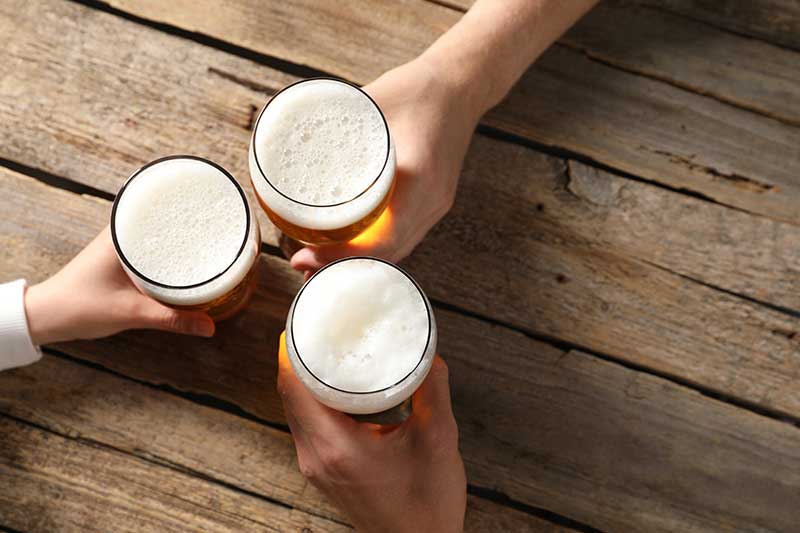
Photo for illustrative purposes.
Types of Japanese beer and their characteristics
Shaped in part by Japan’s tax system, the market is divided into several categories, each with distinct traits. Knowing these differences will help you choose well while traveling.
Mainstream beer: profile and taste
Most mainstream Japanese beers are pale lagers, often in the pilsner style, designed to be light, refreshing, and focused on a clean, crisp finish. If you’re used to North American craft beers, you may find them milder and less bitter—that very quality is what many people in Japan love.
Typical ingredients are malt, hops, and water; differences in brewing methods and fermentation time create characteristic flavors. Alcohol content is generally around 4–5%, with a gentle profile that pairs well with food.
Understanding happōshu and “third-category” beer
Japan has unique categories known as happōshu (low-malt beer) and “third-category” beer. Happoshu is a lower-priced beer-like drink with reduced malt content, developed to take advantage of lower excise tax. It looks similar to regular beer but tends to have a lighter malt aroma and body.
“Third-category” beer is made without malt, using alternative ingredients such as soybeans or corn, and was developed to qualify for an even lower tax category. It’s usually the most affordable option, though the flavor is lighter and may feel insufficient if you’re seeking the fuller character of standard beer.
Japanese local beer and the diversity of craft
Following a 1994 revision to Japan’s Liquor Tax Law that enabled small-scale brewing, locally rooted ji-bīru (local beer) emerged across the country. Early on, these had strong ties to sightseeing spots and regional specialties and gained popularity for their unique use of local ingredients.
As quality and stylistic range expanded, the term “craft beer” became the norm for more refined small-batch brews, leading to today’s craft-beer market. Breweries nationwide now produce a wide variety of styles—IPA, stout, weizen, and more.
When you travel, trying local and craft beers in each region offers a deeper cultural experience.
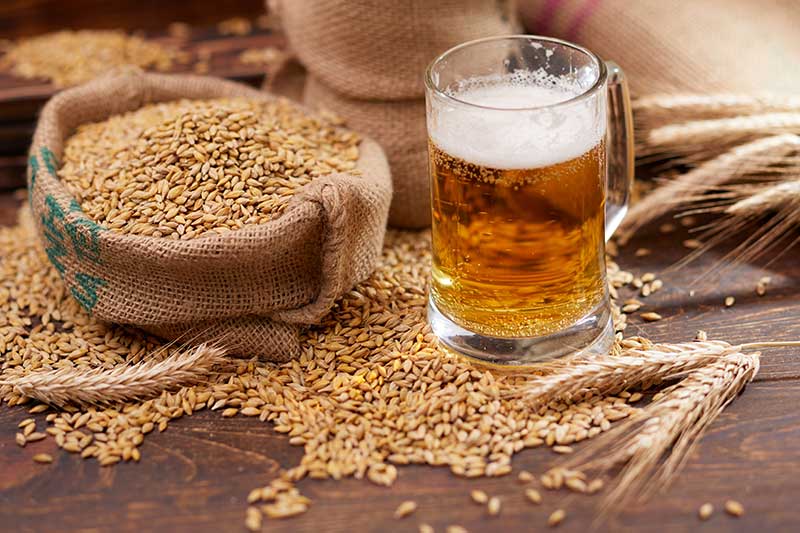
Photo for illustrative purposes.
How beer is enjoyed in Japan: customs and etiquette
Japan has distinctive customs and manners around beer. Understanding them smooths interactions with locals and deepens your experience of Japanese food culture.
The culture of the toast and its social role
In Japan, the toast—kanpai—is a very important social ritual, and beer is the go-to drink for that first round. At izakaya and restaurants, it’s common to order beer for the first glass so everyone can toast together.
When toasting, it may be considered polite to hold your glass slightly lower than the other person’s. After the toast, take a sip before starting conversation.

Photo for illustrative purposes.
Pouring etiquette and reciprocity
A distinctive custom in Japan is pouring beer for others rather than for yourself. Taking turns pouring is a way to build rapport.
When pouring for someone, hold the bottle or can with both hands and pour carefully. The person being served typically supports their glass with both hands. This reciprocal act warms up the atmosphere and helps people feel closer.
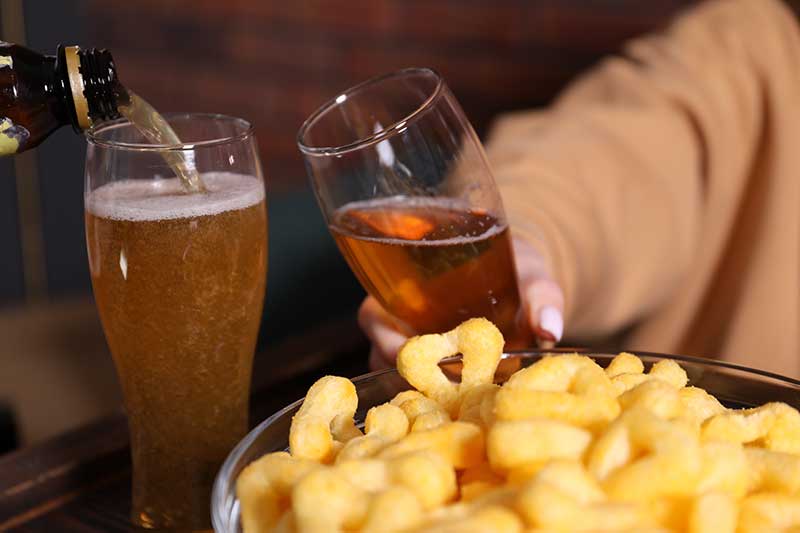
Photo for illustrative purposes.
Pairing beer with food
Pairing beer with Japanese cuisine is central to appreciating the country’s food culture. Light, crisp Japanese lagers complement delicate flavors rather than overwhelming them.
Clean, refreshing lagers go well with sashimi and sushi. For yakitori and fried foods with bolder seasoning, beers with a touch more bitterness help cut through oil and refresh the palate.
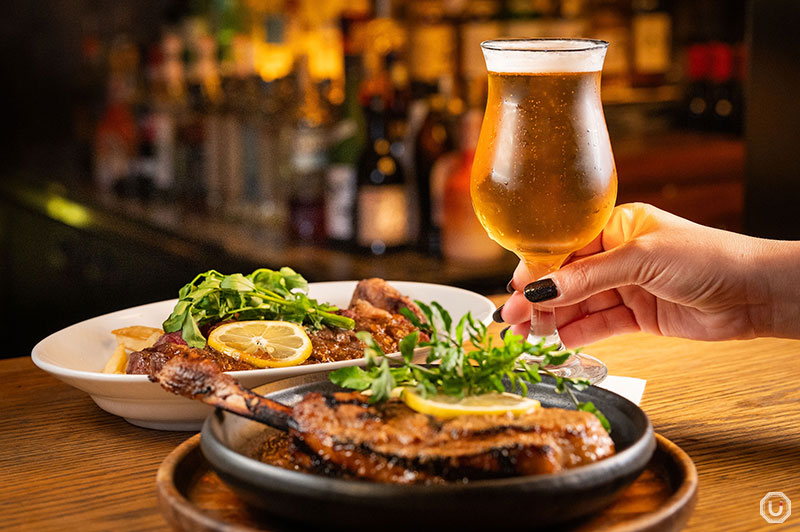
Dishes and craft beer served at “THE PUBLIC SIX”
Where and how to buy and enjoy beer in Japan
Knowing where to buy beer and where to enjoy it will make your trip smoother. Japan offers multiple sales channels, each with its own advantages.
Buying at stores and typical price ranges
Convenience stores and supermarkets carry products from major domestic makers nationwide, making them easy options for travelers. Prices vary widely by category: third-category beers are generally cheapest, while regular beer and craft beer are priced higher.
Age checks are required at purchase, and selling alcohol to anyone under 20 is illegal. You may be asked to show ID such as your passport, so keep it handy.
Vending machines and usage limits
There used to be many alcohol vending machines in Japan, but their numbers have dropped sharply. The remaining machines have time restrictions and age-verification features, and you may not be able to buy during late-night hours.
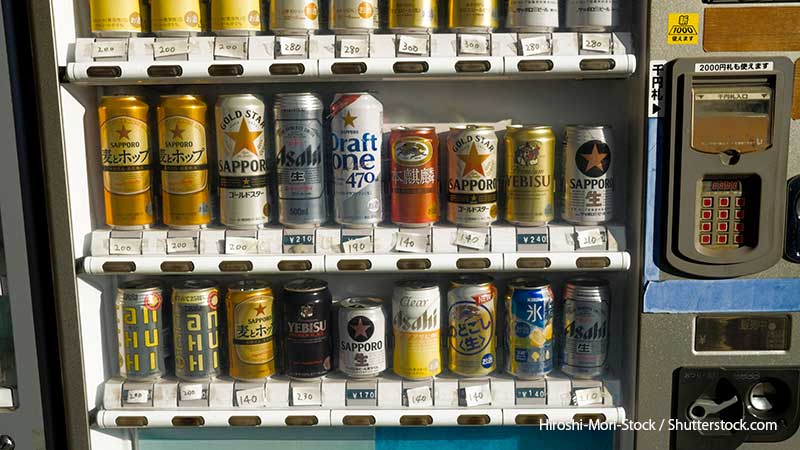
Photo for illustrative purposes.
Experiencing draft beer at restaurants
Izakaya and restaurants serve draft beer, one of the best ways to experience Japan’s beer culture. Draft beer offers a fresher taste than cans or bottles and is served at an ideal temperature so you can enjoy the beer at its best.
Craft-beer bars stock distinctive beers from regional breweries, letting you explore Japan’s diverse beer culture. Staff can often recommend something to suit your taste.
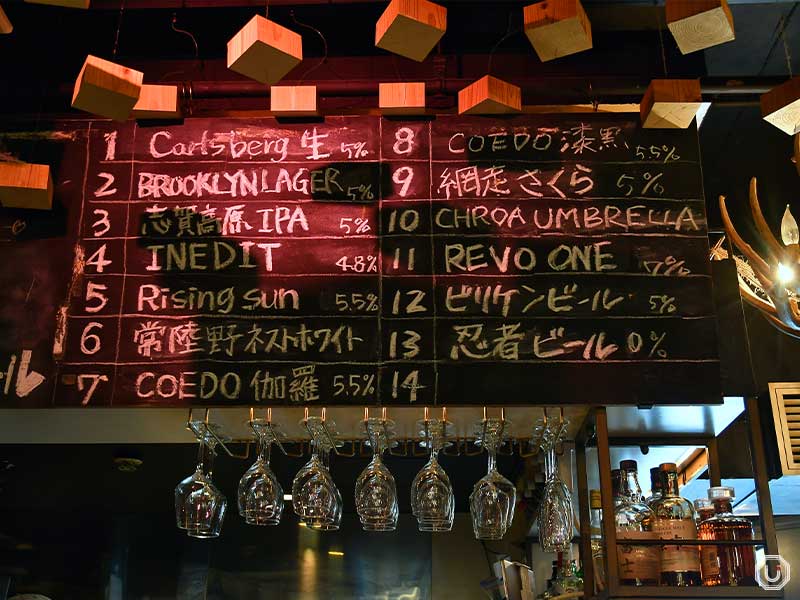
Beer menu at “Gyuudashi Odensakaba COZAKURA”.
Tips and cautions for visitors
Here are key points to keep in mind for a safe, enjoyable beer experience in Japan—from legal restrictions to cultural differences.
Legal restrictions and ID checks
In Japan, drinking under the age of 20 is strictly prohibited by law, and retailers are required to check ID. You’ll often be asked to show identification such as a passport, so carry it when you go out.
Some vending machines require verification with a Japanese driver’s license or similar ID, which can make them difficult for visitors to use. To be sure, buy from staffed stores.
Taste differences and how to choose
If you’re used to North American or European beers, major Japanese brands may taste lighter and less bitter. If you prefer bolder flavors, look for craft or imported beers.
Lower price doesn’t automatically mean lower quality in Japan’s beer market. Happoshu and third-category beers are cheaper primarily because of tax differences, so they can be good options when value matters most.
Drinking etiquette in public places
Public drinking isn’t generally illegal in Japan, but as a matter of etiquette people tend to avoid it. In some limited areas, however, local ordinances may prohibit it, so you may want to check in advance. In particular, don’t drink on trains or while walking.
During cherry-blossom season in parks or along rivers, outdoor drinking is common, but proper trash disposal and consideration for others are essential. Check local rules about drinking alcohol and other behavior and be courteous.
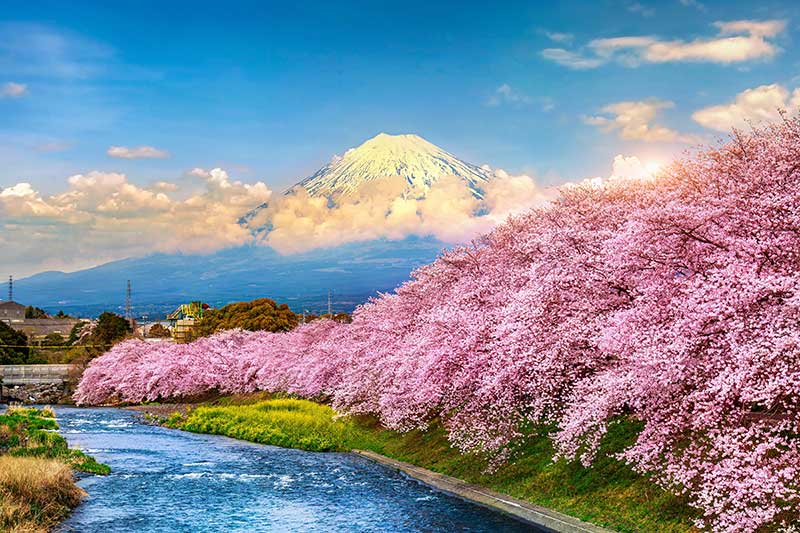
Cherry-blossom viewing (photo for illustrative purposes).
Using Japanese beer culture as a regional experience
Across Japan you’ll find unique regional beer cultures and limited releases—experiencing them can add real depth to your travels. In hot-spring areas, a beer after bathing is a classic; in coastal regions, pairing beer with fresh seafood is part of the local fun.
Brewery tours are also popular. You can learn about the production process and enjoy tastings—many require reservations, so it’s wise to book ahead.
Summary
Japan’s beer culture goes beyond a simple beverage; it’s woven into communication and food culture throughout society. With their light, refreshing character, Japanese beers pair beautifully with delicate cuisine and offer travelers an ideal gateway to understanding Japan.
Armed with knowledge of categories, buying options, and etiquette, you can enjoy richer experiences—use the custom of toasting and pouring to connect with people, sample regional craft beers to taste local character, and make your trip even more rewarding.
Observe age checks and legal rules, and enjoy beer safely as a window into the depth of Japan’s food culture.
